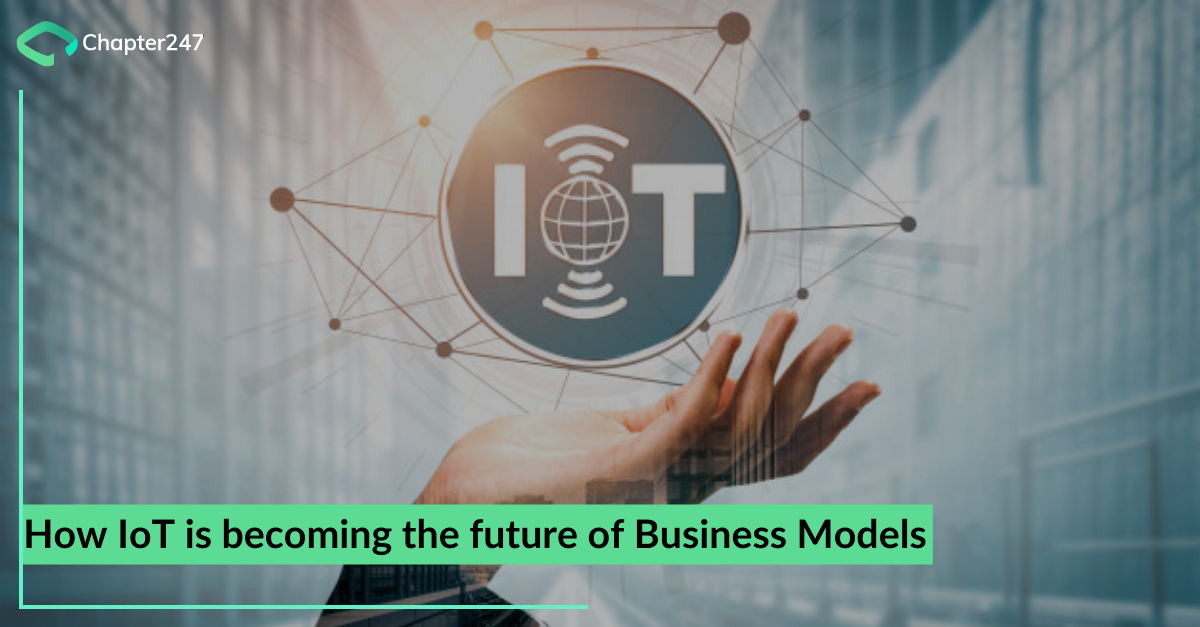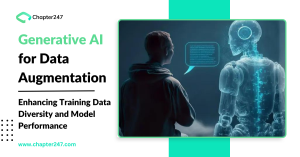A button!?
Yes! The button is more than enough to control everything including smart systems, household appliances and much more. The Internet of things has been an innovation abode that has spearheaded numerous transformations over the last few years. The Future of IoT is not just bright but also impactful especially for business models which these technologies will revolutionize. No one can deny that traditional models will continue to drive growth, but with the shaping up of hybrid and state-of-art business models in combination with the Internet of things, it will make for a powerful combination.
From tablets to smartphones, from laptops to analogous household appliances, everything can be controlled with a touch of a button or with voice control. A natural by-product of these multiple connections is plentiful passwords and numerous codes meant to make your device safer.
Five things you didn’t know about the Internet of Things
1.The first IoT device was started in 1981
Much as people want to believe that IoT is futuristic, which it is, it came out of a simple philosophy – necessity is the mother of invention. Surprisingly the first IoT device came into being before the www browser was actually launched. So, at that point, the need was a simple Coke! Yes! engineers at Carnegie Melon wanted to find out if their coke machine had what they wanted and was it cold.
So, in order to address this issue, they attached sensors in the coke machine to the internet and also gave a text-based display. This would enable anyone with the machine’s internet address to know what the machine has and at what temperature.
However insignificant it sounds, this is surely an application of the Internet of things even if it is very elemental.
2.Fewer connected Mobile devices compared to IoT devices
Since 2008 the number of devices that have been connected to the internet surpassed the number of people. It may sound like an emerging trend but IoT is actually bigger than the web itself.

As per these estimates, the number of connected devices will double from 2018. We can only see opportunity knocking doors.
3.Smart cities hold a bulk of devices
A report by Growth enabler enlightened that the IoT market is dominated by three main sections namely Smart cities, capturing the lion’s share of 26%, Industry or Industry Internet of things(IIoT) closing in a second followed by health care holding a 20% stake in it.
Organizations should now understand the numbers behind the illustration. Rather than opting for push marketing strategies they can now integrate their product or idea into IoT devices in these three workable streams

4.Power Sans Power
Earlier IoT came with a handicap that its sensors could collect data and deliver it on the net only with electricity. What it meant for IoT deployments was that there should be a wired source of power with intermittent battery replacements. Surprising fact because this totally defeats the purpose of IoT. But with rapid strides made in creating Powerful and ‘Powerless’ sensors that work sans any electricity source or batteries and sensors that ran on the power of the light, heat and radio frequencies and vibrations came into being.
5.An IoT hairbrush for the careless
Did you know that L’Oreal Paris had designed a hairbrush powered by the IoT technology? This is perhaps one of the most interesting concepts out of IoT to have reverberated the world.

Also named as the ‘Hair Coach’ this hairbrush is connected to the internet and also uses a microphone to distinguish different hair brushing patterns with the help of sensors. The data of different brushing habits are collected and sent to the cloud which then collates the summary of usage patterns. All this data is now available on an app which the user installs. Users are provided timely recommendations based on their brushing style and sessions. They are given corrective measures and also recommended alternative therapies that would improve their texture and will boost growth.
Hair audits make one realize how technology can be embedded in every single aspect and physical traits of humans.
Also read: IoT in Education Industry- Smart Classroom Technology
How the Internet of things( IoT) works
The complete IoT process begins with devices like smartphones, smartwatches and almost all electronic appliances like Washing Machine, TV, etc helping us to communicate with the IoT platform. Internet of things involves 4 key fundamental concepts
1) Sensors/Devices: they are the prime components that aid in the garnering of live data from the adjoining environment. The data so sensed will have varying levels of complexities. One device might have different types of sensors or multi-tasking sensors that conduct other tasks other than sense.
2) Connectivity: The data so collected with the help of sensors is directly sent to cloud infrastructure. For that to happen, the sensors should be connected to the cloud using different mediums of communication like satellite networks, Wi-Fi, WAN, etc.
3) Data Processing: After the collection of data and its transport to the cloud, the processing of the gathered data is the next step in the internet of things cycle. From simple processes like reading on devices to complex processing like surmising objects with a computer vision, all tasks are performed in this stage of the Internet of things.
4) User Interface: Now that processing of data is completed, the information also needs to be made available to the end-user which can be done by sending them information through email, notifications and text messages. The user also should have a friendly interface that will support the action. If the user has a smart security system installed at her place, then in order to view the CCTV footage they will need also to install an app that will let them see it.
Surely the Internet of things only does not mean one-way communication. With the help of IoT technology, actions also can be performed from the user’s point of view. For instance, if the IoT is addressing a problem of dropping temperatures in the refrigerator, it implies that the user then with the help of his mobile can readjust the temperature after getting the alert.
Some successful examples of IoT
The Internet of things is considered to be the brink of all activities of the future and is touted to be the 4th industrial revolution. We all know that when we talk about the industrial revolution, it means an evolution that will have a lasting impact rendering the stakeholders a historical mention in the future. It is but true that companies that take advantage of these upcoming technologies will amass huge values. IoT too falls in the same category and we will now list out companies who have taken immense advantage of the new wave.
The Bird Scooter
The Bird is a multi-billion dollar company and its transition to it was a quick affair considering it took great advantage of IoT. Its business model PAY-FOR-USE is a key business model for its IoT scooters. The users of the scooter can locate a rentable service through the app on their device and pay for the scooter as per the time used. The scooter network is well-monitored by the company and is available in all major cities. Users do not have to own the scooter yet enjoy the benefits. It is considered one of the most successful business models of IoT.
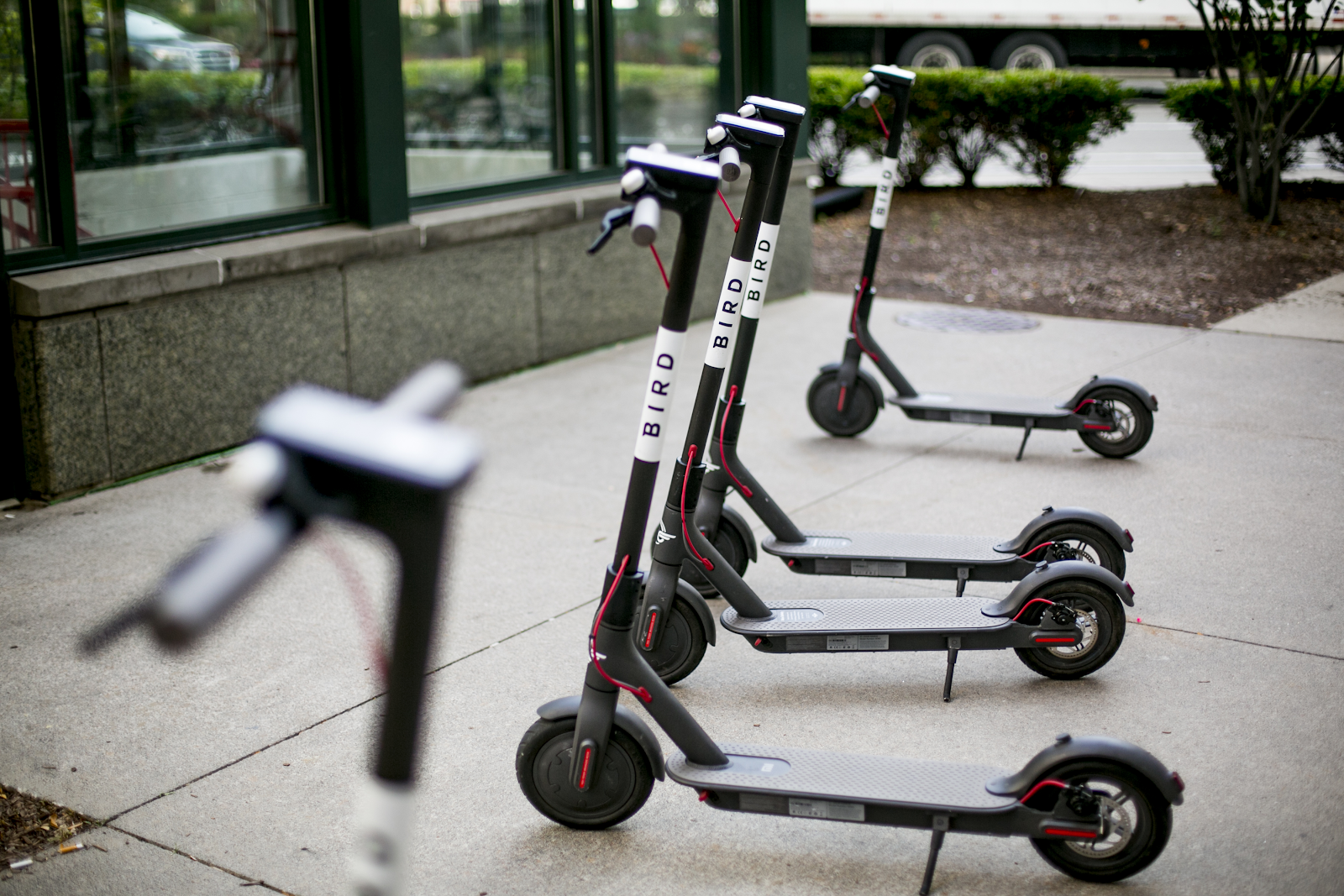
Coca-Cola
Coco-Cola has more than 50,000 IoT soda fountains that have witnessed an 8% jump in serves and a 9% decrease in calorie intake per serving. The freestyle vending machine of Coco-Cola was a new innovation that came forward as a sampling venture. The vending machine can be used to introduce new brands and flavors and proved to be a great tool to assess customer needs. IoT has been a really successful addition to the business model of Coke because it is also planning to come with applications that will allow consumers to order coke from an app.
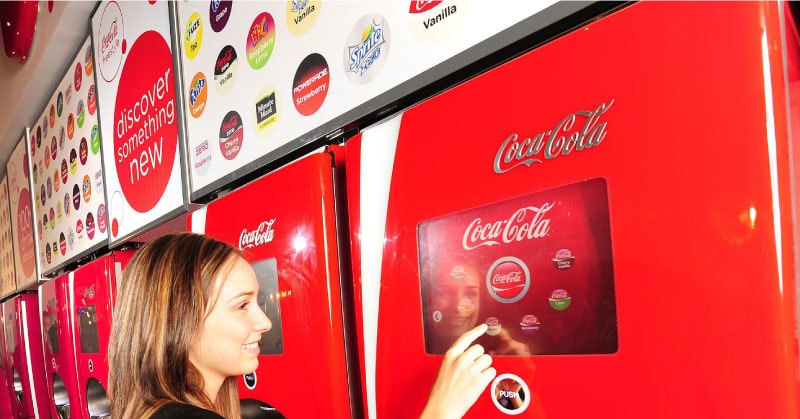
The Apple Watch
One of the most successful wearable devices was launched by Apple with its Apple watch. The smartwatch market is dominated by the Apple watch which is seeing a huge 70% to 80% year on year growth from 2017 to 2018. What makes it so successful? It is the INTERNET OF THINGS! Apple watch’s heart rate monitor is the best tool considered for optimizing exercise as it also links to several exercise tracking apps. When there is an abnormal heart-rate detected it can also save the user’s life as it calls the emergency services ensuring you get the medical help as soon as possible.
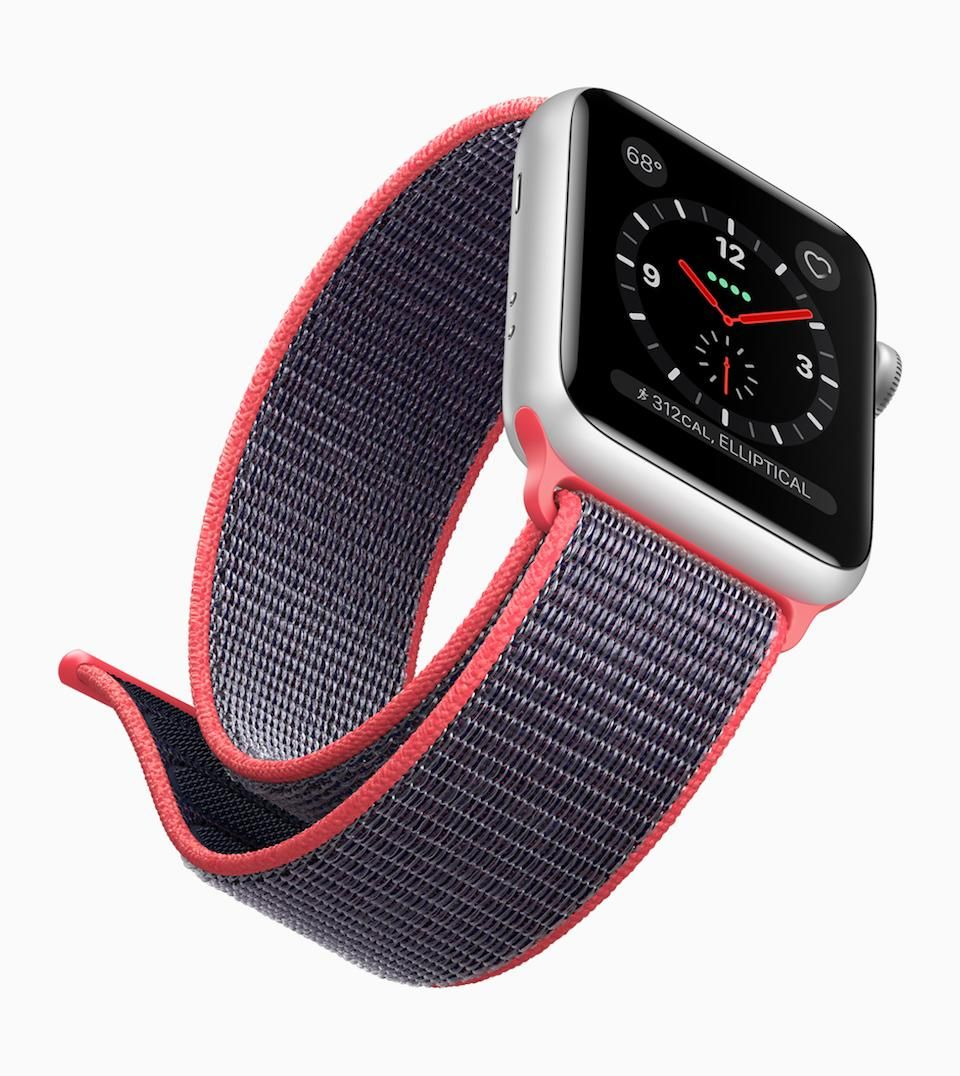
Apple watch is considered far more successful than the iPod because of its novel idea and novel implementation of IoT technology.
IoT in business models
While agile technology implies ever-growing technology that has no end, we can already see the impact of IoT in 3 business models. Thanks to the bright future of IoT industries are being configured right from scratch. IoT has the potential of generating new business models bringing out radical changes in the present or altogether rattling the present ones.
Let us examine the trending business models.
The Deluge of AS-A-SERVICE-MODEL
Businesses now believe that their olden one-off sales models are a thing of the past to be replaced with a much more involved service-based model that combined product with value-added services. The subscription model works great for customers and businesses. With major advances in the cloud- computing and other emerging technologies, the As-a-service model was initiated. It initially started with Software-as-a-service (SaaS) but it rapidly became something more than software.
The business model was already successful but the Internet of things has given its a short in the arm. By adding in low-cost IoT sensors and audit devices companies are now able to enhance services to the customers by capturing real-time data and comparing it with historical data. This data is extremely valuable in preventive maintenance. Consider the case of the Venerable electrical equipment company Edison Electric Co. that transformed its business model thanks to IoT. It now makes wireless sensors that can be used by manufacturing plants on pipes and conveyors to monitor pressure, temperature and vibration. These figures can be viewed remotely, prevent perilous mishaps and enhance productivity.
Circular business model
This model is very close in meaning to the as-a-service-model. Amsterdam’s Schiphol Airport which is one of the most viable airports with its ingenious lightning installation systems combined both these models. They resorted to buying the light as a service rather than buying the lighting system. The lights above the passenger are designed in a manner that would enable easy repair or replacement.
This business model lays importance on the replenishment of components at different stages of manufacture, its sale, its use. Their main motto is to utilize it rather than owning it, creating it rather than wasting it and convert it rather than disposing of it.
Customized business models
We have seen that IoT can take you beyond the reach of your imagination. The revolution is unimaginable and organizations can now produce on-demand without the need to keep any inventory. IoT with Artificial intelligence can enable manufacturers to use machine learning that would equate the tastes and preferences of a customer. The data can then be used for suggestions on changes in strategic moves that would encompass the preferences of the customers.
With computer vision which is the knack of the cameras and the visual sensors to seize basic videos and mechanism that can be further concerted into action-oriented information.
Speaking of which, M-tailor is a popular custom clothing company that employs a smartphone for measurements. It is done when the customer provides a no more than a 30-second video through their mobile device. It also has claimed that with this service their accuracy is 20% more than a human tailor which is corroborated by positive reviews it has garnered.
“The Internet of Things is not a concept; it is a network, the true technology-enabled Network of all networks.” — Edewede Oriwoh
Considering developing with custom software application development
IoT solutions?
The set of technologies that are involved in creating IoT based applications are evolving. At Chapter247 our developers are prepared to harvest different sets of skills willing to adopt new platforms and tools. As a lead IT consultant and a go-getting organization, we have all the tools that will render your solution impeccable.
If you are considering developing your solutions with the chutzpah of IoT our custom-made IoT solutions will help you in delivering sustainable solutions to your clients. For more insights, let our team get back to you.


